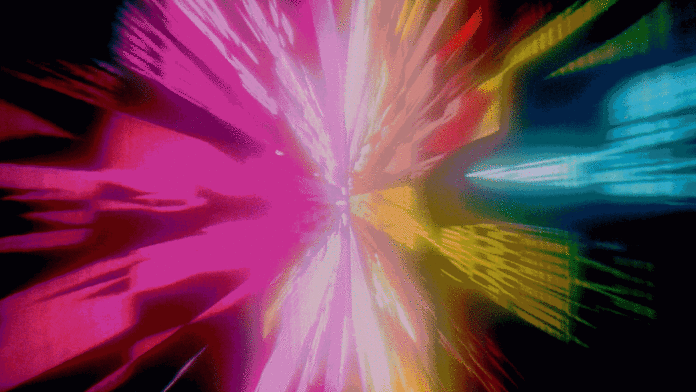
Watching is The New York Times’s TV and film recommendation website. Sign up for our thrice-weekly newsletter here.
Like an ominous obsidian obelisk, the career of Stanley Kubrick towers over cinema history, and none of his films cast a shadow quite as long as that of “2001: A Space Odyssey.” A revelatory picture in every way — in its rejection of logic for sensation; in its immersive vision of an advanced future; in its depiction of the perpetual antagonism between humanity and technology — it has left an indelible imprint on culture, high and low and in-between.
Originally released in 1968, Kubrick’s masterpiece turned 50 on Tuesday. To celebrate, we’ve compiled a list of our favorite references from the pop culture of the last half-century. Happy birthday, HAL.
‘WALL-E’

Along with “The Black Stallion” and “Never Cry Wolf,” the director Andrew Stanton screened “2001: A Space Odyssey” for his animators to provide them with inspiration while making this audacious sci-fi fable. Stanton has confirmed in interviews that the design of the primary antagonist — the onboard autopilot computer nicknamed “Auto” — came straight from the cold, unfeeling red eye of HAL 9000. In the streakless lens through which it monitors the characters, there’s both hostility and a complete lack of expression. (Stream “Wall-E” on Starz, rent it on Amazon or iTunes.)
‘Moon’

The director Duncan Jones has stated that Gerty 3000, the artificial intelligence unit programmed to manage the spaceship housing Sam Bell (Sam Rockwell), is also a distant nephew of HAL’s. In addition to its smiley-face readout, Gerty has an all-seeing camera lens that exudes the same detached menace as HAL’s does, and the soft (though historically often subtly menacing) tones of Kevin Spacey’s voice grant Gerty a similar reassuring presence as well. Jones has also clarified that the homage is purely aesthetic, and in no way a reflection on Gerty’s function in the story. (Stream “Moon” on Netflix, rent it on Amazon or iTunes.)

The writing staff for this immortal sitcom never met a pop-culture reference it didn’t like, and the writers have returned to “2001” on multiple occasions. In the Season 3 episode “Lisa’s Pony,” an ape with Homer’s face causes a ruckus during a riff on the film’s “Dawn of Man” sequence after he reclines against the monolith — and tips it over. “Deep Space Homer,” from Season 5, sends Homer into orbit, where he gobbles potato chips in zero-gravity in a motion recalling the docking scene from “2001” (think “Blue Danube”). That same half-hour also swipes the often-imitated match-cut Kubrick created between a spinning bone and a spinning space station: In “The Simpsons,” the moment comes when Bart tosses a marker into the air that then cuts to an image of a satellite to conclude the episode. (Stream “The Simpsons” on FX.)
‘History of the World, Part I’

As the knowingly grandiose title suggests, the writer and director Mel Brooks sought to capture the whole of human existence with this comedy anthology, and there was no better place to begin than with Kubrick’s “Dawn of Man.” Brooks narrates the rise of a tribe of primitive, apelike creatures who experience their first sparks of intelligence — and then promptly use them for furious onanistic purposes. A sophomoric joke wrapped in a somewhat loftier reference, it succinctly encapsulates Brooks’s bawdy flexibility as a humorist.
‘South Park’

To provide context for any “South Park” reference means wrestling with a base minimum of insanity, and the Kubrick reference in “Trapper Keeper,” from Season 4, is no different. In this case, the “2001” nod is buried deep inside a plot involving a vigilante sent from the future (named … Bill Cosby) and a “Dawson’s Creek”-themed Trapper Keeper that will decide the…










